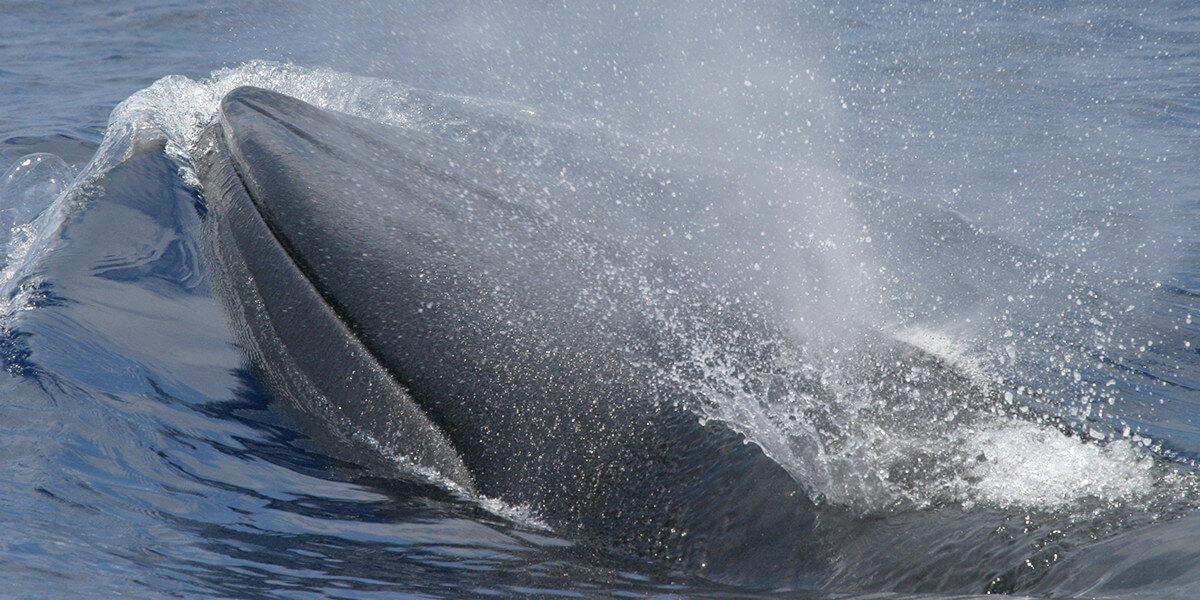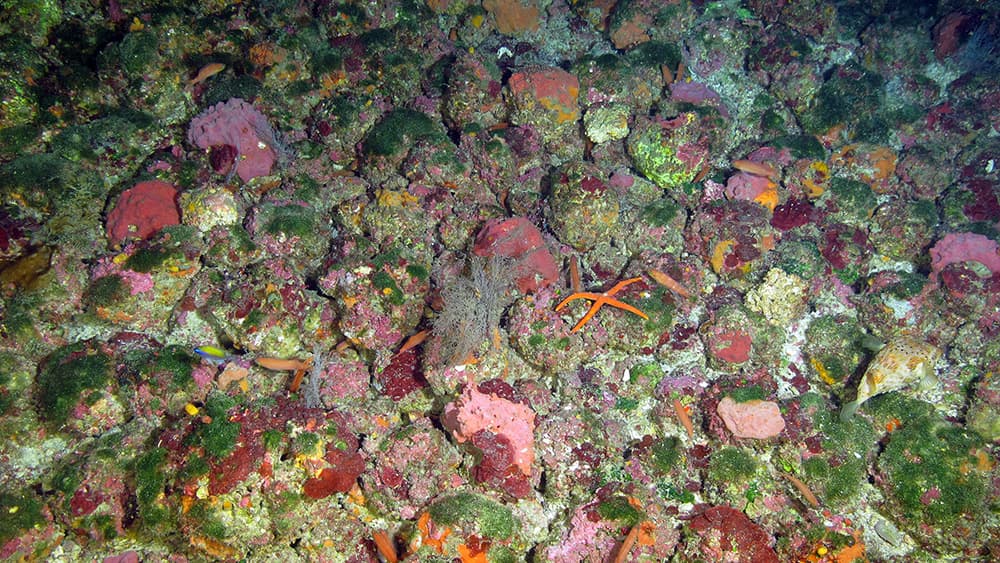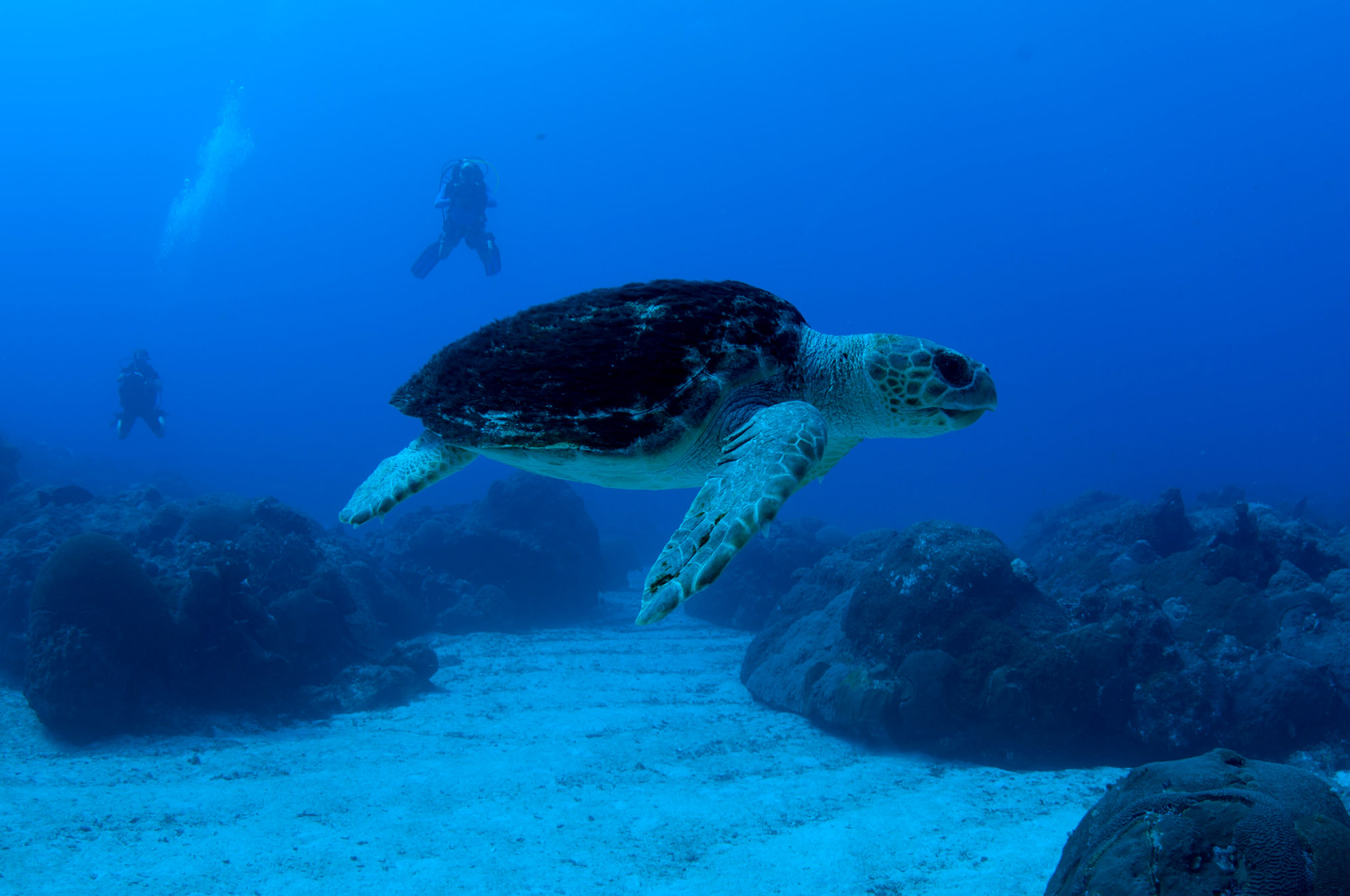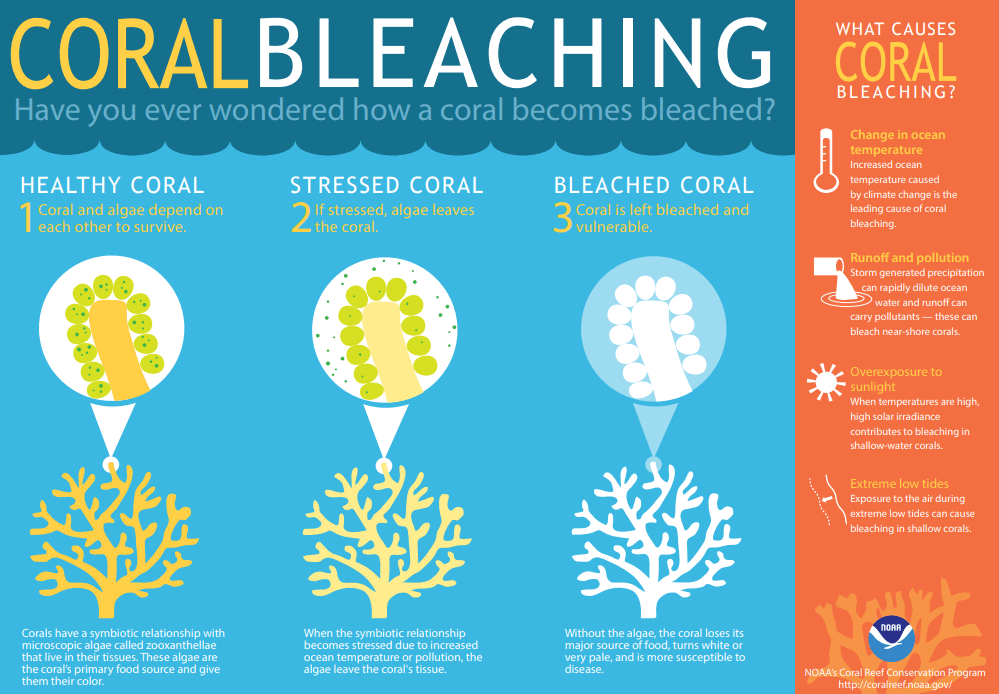We have much more to do and your continued support is needed now more than ever.
50 Years of the Endangered Species Act: Protected Marine Animals
2023 marks the 50th anniversary of the U.S. Endangered Species Act (ESA), a landmark federal legislation that is hailed for protecting hundreds of species across the country. This essential law lays the groundwork for the recovery of endangered species nationwide and across the globe. The National Wildlife Federation wishes to celebrate 50 years of national successes in hopes of many more to come and of overcoming growing concerns surrounding reduced congressional support and funding for the ESA. Keep up with us this summer as we highlight several beloved Gulf Coast species who have benefitted from the ESA.
Gulf of Mexico Species
While the US Department of Interior’s Fish & Wildlife Service (FWS) is responsible for implementing the ESA on our nation’s land, the National Oceanographic & Atmospheric Administration’s National Marine Fisheries Service (NMFS) implements the ESA for marine species. NMFS lists 19 different species in the Gulf of Mexico as threatened or endangered, from the rough cactus coral to the giant manta ray to the Kemp’s ridley sea turtle. Over the last decade, several more Gulf species have been added to the list; the most recent addition is the endangered Rice’s whale. Having only been recognized as a genetically distinct species since 2021, the Rice’s whale only exists in the Gulf of Mexico and its population likely numbers fewer than 100 individuals.

Marine Habitat Protections
In order to protect species, we must protect the habitats they rely upon to survive. Much like terrestrial animals need habitat corridors and protected areas to live, marine animals also require habitat connectivity. That’s where the National Marine Sanctuary System comes in. Think of National Marine Sanctuaries as underwater national parks. A type of Marine Protected Area (MPA), our nation’s sanctuaries help safeguard wildlife from the Pacific to the Atlantic–and even in the Great Lakes!
As of summer 2023, there are two National Marine Sanctuaries in the Gulf of Mexico. The Flower Garden Banks National Marine Sanctuary (FGNMS) sits about 100 miles off the coasts of Louisiana and Texas. This sanctuary protects 17 unique coral reefs, which include three threatened coral reef species. Coral reefs are critical habitats teeming with iconic marine wildlife such as the threatened giant manta ray. The National Wildlife Federation and its members have long helped advocate for expansions to this sanctuary, and in 2021 we celebrated the three-fold expansion of the FGNMS, which now covers an entire 160 square miles.


The Florida Keys National Marine Sanctuary (FKNMS) extends from south of Miami westward to the Dry Tortugas area, protecting an entire 3,800 square miles between the Gulf of Mexico and the greater Atlantic Ocean. Home to the only coastal barrier reef in the continental U.S. as well as enormous stretches of seagrass meadows, this National Marine Sanctuary provides crucial habitat for 6,000 marine animals as well as idyllic recreation opportunities for ocean enthusiasts. Endangered species of this sanctuary include multiple species of coral, turtles and marine mammals as well as American crocodiles.

The National Wildlife Federation’s Gulf Team is a proud member of the Florida Keys Restoration Partnership, where we collaborate with multiple partners and stakeholders in order to further enhance conservation within the FKNMS. Together, we’ve provided input to NOAA on their updated Restoration Blueprint and have supported enhanced conservation measures including boundary expansions, ship discharge prohibitions, and additional nearshore habitat protections. We are advocating for a final rule to be published by the end of 2023 so these measures can begin on-the-ground.
While MPAs do provide sanctuary for marine species, it’s worth noting that protected areas alone cannot save them. Climate change, ocean acidification and pollution continue to harm every reach of the ocean. This summer, the waters around the Florida Keys have seen record high temperatures, causing an early coral bleaching event. Bleached corals are extremely vulnerable to starvation and disease, and populations are already declining worldwide due to climate change.

A buoy north of Key Largo registered a sea surface temperature of over 100 °F on July 24th, 2023–if verified, this would be the new world record for hottest sea surface temperature. This serves as a poignant reminder of the necessity to rapidly and drastically reduce greenhouse gas emissions–without this, we cannot truly protect wildlife.
NWF will continue to advance ocean protection and restoration. When we combine climate action with robust, existing national tools like the ESA and MPAs, the future looks bright.
To read another Endangered Species Act success story, click here.





















